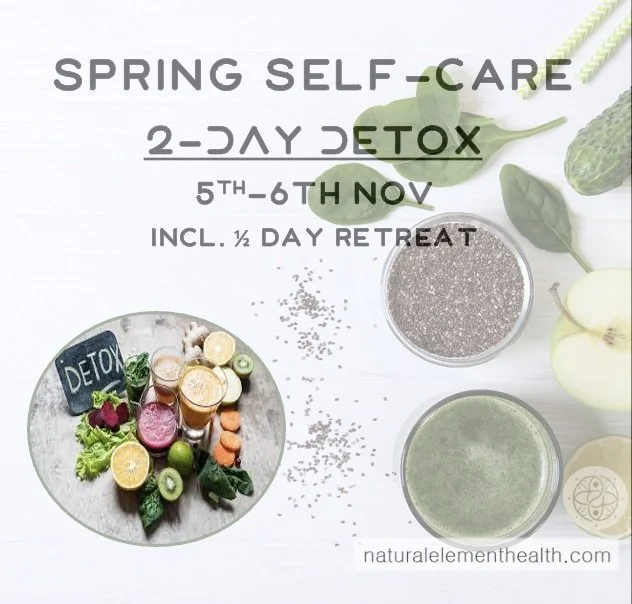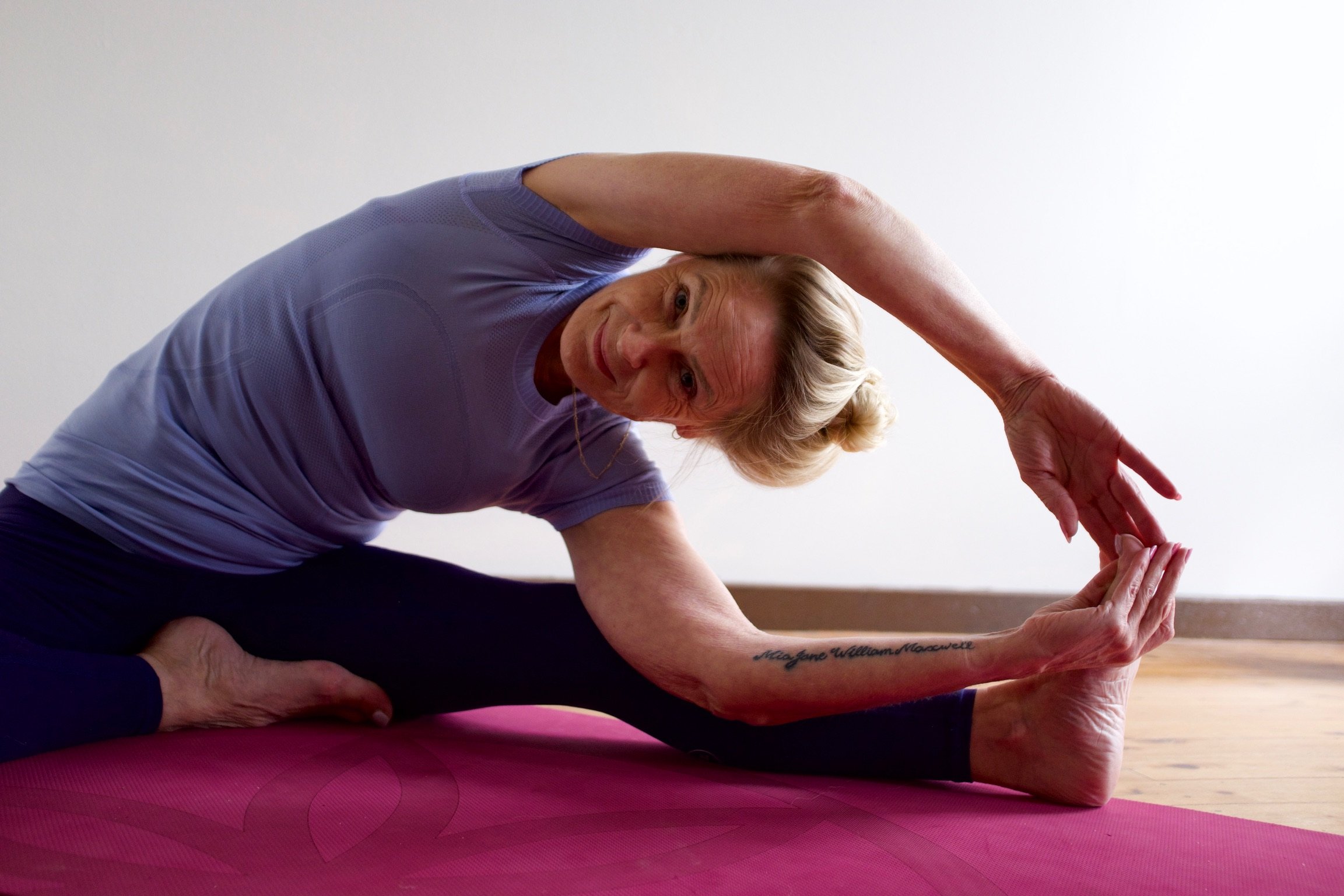Spring Stretching
Spring is a fresh and exciting time
We come out of the closed-in feeling of winter and our natural instinct is to allow our bodies to refresh themselves. Everything we think and feel about Spring is reflected through the Wood Element. We want to throw off, throw out and go out, and the best way to support ourselves in seasonal change is by using the Spring expanding energy and stretching out those tight muscles.
Flexibility is the ability of a joint or series of joints to move through an unrestricted and pain-free range of motion. Although flexibility varies widely from person to person, minimum ranges are necessary for maintaining joint and total body health.
UC Davis Health 2022
Flexibility challenge
Join me for 4 weeks of unlimited yoga in the month of November. Our focus will be on improving overall flexibility, with a special focus on the shoulders and hip mobility.
Why do we need to Stretch?
Many factors affect the loss of normal joint flexibility including injury, sitting down too much or being inactive or just a lack of stretching. The range of motion or how far you can open and move a joint will be influenced by the ability and mobility of the soft tissues that surround the joint. These soft tissues include: your muscles, ligaments, tendons, joint capsules, and don’t forget your skin.
A lack of stretching, especially when combined with activity, especially strength work, can lead to fatigue-induced soft tissue shortening over time, so that means that the more you work out without stretching, the tighter you become. The tighter you become the more fatigue you will have as well as being more predisposed to injury and joint damage.
Spring is the time to re-create yourself by improving your creativity, flexibility and the energy that is around will support you to make the changes that you want. Spring energy is expansive and like all the plants your body will respond to this climatic change and stretching in spring will allow you to open and feel alive.
🟢 Get bendy and feel calm
Stretching exercises are typically performed to increase flexibility and to allow an improved joint range of motion.
Whereas animals have pandiculated (stretched and yawned) for eons, our historical records indicate that humans have stretched for thousands of years (yoga [~3000 BCE], Asian martial arts [~1000 BCE], Greeks and Egyptians [~2000 BCE]).
In its most basic form, stretching is a natural and instinctive activity; it is performed by us and many other animals. It can be accompanied by yawning. Stretching often occurs instinctively after waking from sleep, after long periods of inactivity, or after exiting confined spaces and areas.
We all know that great feeling of stretching, we do it instinctively, spring is the best time to embrace your body’s natural desire to open up and get your body moving.
❔What are the main types of stretching?
Common forms of stretching include:
Static stretch like our held postures
Proprioceptive neuromuscular facilitation (PNF) which is my favourite type of stretching, where you actively contract and strengthen a muscle and then it releases and lengthens.
Ballistic stretch, which is not recommended as it can cause tears in muscles and tendons as you bounce into a stretch with the weight of the body on a stretched muscle.
Dynamic stretch, which we use a lot in our yoga classes and you move into a stretched position and don’t hold.
Other forms of physical activity that require stretching (e.g gymnastics, physical culture and dance) can also result in improved flexibility.
The Sit and Reach Test is one of the flexibility tests which helps to measure the extensibility of the hamstrings and lower back. It is probably the most used flexibility test.
There are many more tests to determine your flexibility and during Flexibility month in November I will be working through these tests so you can determine your body areas that require a little focus and stretching.
💚 Benefits of Stretching 💚
When looking at colour therapy green is known as the “master colour” as it benefits all conditions. Green is the colour for spring, and like the new shoots and growth of plants in spring, our body responds the same way. We become more supple and stretched and we can lengthen the muscles in our bodies.
Inadequate flexibility will have a negative effect on the body in significant ways:
Joints require movement through a full range of motion to maintain the health of cartilage and other structures within the joint (eg Synovial).
Muscles that are inflexible get tired more quickly, causing opposing muscle groups to work harder. Muscle fatigue can lead to muscular injuries and the inability of the muscles to protect joints from more severe injuries. e.g. the hamstrings play a role in stabilising the knee and preventing ACL tears. Tight hamstrings are also a major cause for lower back pain.
Decreased flexibility may also lead to abnormal stress on structures and tissues distant from the initial site of inflexibility. e.g. tendonitis in the knee can be related to calf tightness.
Imbalanced flexibility in some muscles but not others which affects the same joint can also contribute to injury and long-term joint wear and tear. e.g. tighter hip flexors and abductors compared to weaker adductors and medial quadrates.
Spring 2-Day Detox - 5th-6th November - Includes Spring 1/2 Day Mini Retreat
The Self-Care 2-Day Detox will be held on
Sat 5th November - Sunday 6th November
Saturday Structured Session TIME with Lisa face-to-face at
1st East Ryde Scout Hall
25B John Miller St, Ryde NSW 2112
Sat: All Morning + Zoom Evening 1.5hr
Sun: Zoom Morning 1.5hrs + Zoom Evening 1.5hr
䷠Includes the 1/2 day retreat + 3 yoga sessions + 2 Morning Cardio Sessions + a Takeaway Detox Workbook + Recipe Book + Support Check-ins from Lisa during the 2 days to continue your Positive Changes.
Option: add 4 weeks of unlimited yoga
🧘♀️ You can also book for Just the Mini Retreat, click the button below. ⬇️
🧘♀️How often do I need to stretch? 🧘♀️
As you age, stretching continues to be important, even if you're less active. Your joints become less flexible over time. Inflexibility puts a crimp in daily acts, making it harder to walk, raise your arms overhead, or turn your head while backing up the car. It undermines balance, too, which can cause life-altering falls.
As with all types of exercise, you need to stretch regularly to reap lasting benefits. If you only stretch occasionally, the effects are short-lived.
Everyone always asks me how many yoga classes they need to do each week and I say 1/week means every week your body has to learn again, 2/week will maintain your body but 3/week is the optimal amount to see great changes in your personal flexibility.
The same is true about stretching for flexibility. Absolutely if you stretch every day the results will be greater but 3 dedicated stretch sessions of 15-20 minutes will allow you to reap the benefits of increased flexibility, more energy and less wear and tear on any bones and soft tissue.
⏰When is the best time to stretch?
Morning versus evening stretching, what is best? BOTH but for different reasons
Our bodies are totally different physically and chemically in the moment right before bed compared to when we rise in the morning.
Stretching first thing in the morning can relieve any tension or pain from sleeping the night before. It also helps increase your blood flow and prepares your body for the day ahead. This is when its great to start from the ground up and do light easy movements and not push for that full range of motion.
Stretching before bed relaxes your muscles and helps prevent you from waking up with more pain in the morning,
It is in the evening, when the muscles have a great blood supply from the day’s activities and when I like to do deep, longer, held stretches aimed specifically at improving my range of motion.
😃 It feels so good to stretch
Always stretch only to a point of mild discomfort, or tightness. Pain should not be a part of your stretching routine. If you are feeling pain while stretching, you may be stretching too intensely and this could cause injury. If the body feels pain then it will respond by protecting itself and tightening up more. When stretching, slowly ease into the stretch, breathe and stop at the point you feel "tight".
Not only does stretching clear your mind by allowing you to focus on your body it also releases endorphins.
Blood flow to the muscles increases after a long stretch. Muscles are controlled by the nervous system, which has two main components: ‘sympathetic’ (fight or flight) and ‘parasympathetic’ (rest and digest).
Static stretching increases activity in the parasympathetic nervous system, promoting relaxation. Although the heart rate may rise during a stretch, it tends to decrease quickly after. This is why stretching gives you that feel-good feeling, and we talk in class about stress and the fight or flight response, so stretching switches off all that adrenaline and allows your body to relax and rest and recover.
Best Types of Stretching for you
Static (isometric) stretching and dynamic stretching are great for maintaining mobility, however, if you really want to improve your flexibility then
PNF (stands for Proprioceptive Neuromuscular Facilitation)
is the way to go. There are several ways of performing PNF stretches including hold-relax; contract-relax; and rhythmic initiation.
PNF can be either completely passive (meaning a partner moves your limb through its range of motion), or active-assisted, in which you play a role in the stretching. In this case, it requires an isometric contraction before the stretch. This makes the muscle you wish to stretch contract and work in a stretched position, allowing it to lengthen when the contraction is released.
Hold-relax PNF stretching
So for example, to use the hold-relax PNF technique on the hamstrings, you would lay on your back and raise one straight leg up off the bed. To do this you must contract your hip flexors Rectus Femoris and Iliopsoas.
From here, your partner (or yourself) provides resistance as you isometrically contract the hamstrings (as if trying to push the foot back down to the floor) for a minimum of 6 seconds. Following this, you contract the hip flexors again to raise the leg higher and further stretch the hamstrings.
This works on the theories of reciprocal inhibition (or innervation) and post-isometric relaxation. Reciprocal inhibition is based on a reflex loop, controlled by the muscle spindles. It sends messages to the brain telling the brain that you have more length in that muscle.
When the agonist muscle contracts, for example, the quads, causing knee extension), the antagonist’s muscle is inhibited, causing it to relax (in this example the hamstrings), allowing the full movement of the antagonist muscle (knee extension).
Post-isometric relaxation is thought to be controlled by the Golgi tendon organs, sensors within the muscle that are sensitive to muscle tension. When a muscle is contracted isometrically for a period of time, this results in an inhibition of the muscle, resulting in relaxation
Thanks for reading and taking time to find out more about being healthier. Let me know your thoughts on my spring stretching blog and what sort of stretches you love in the comments below. Post your pics and comments and tag me @naturalelementhealth, I’m on Instagram and Facebook.
Lisa 🌷



